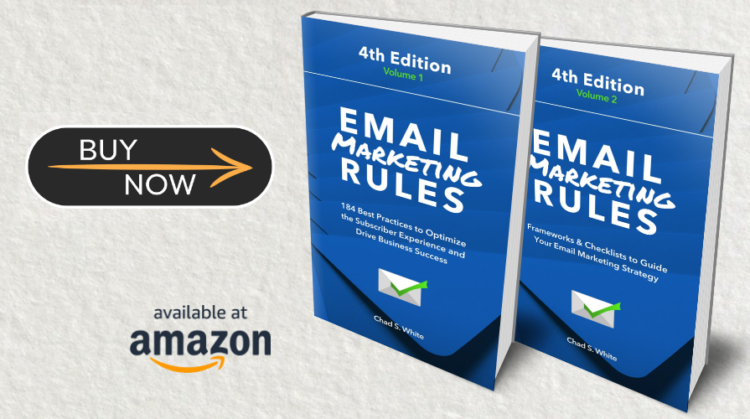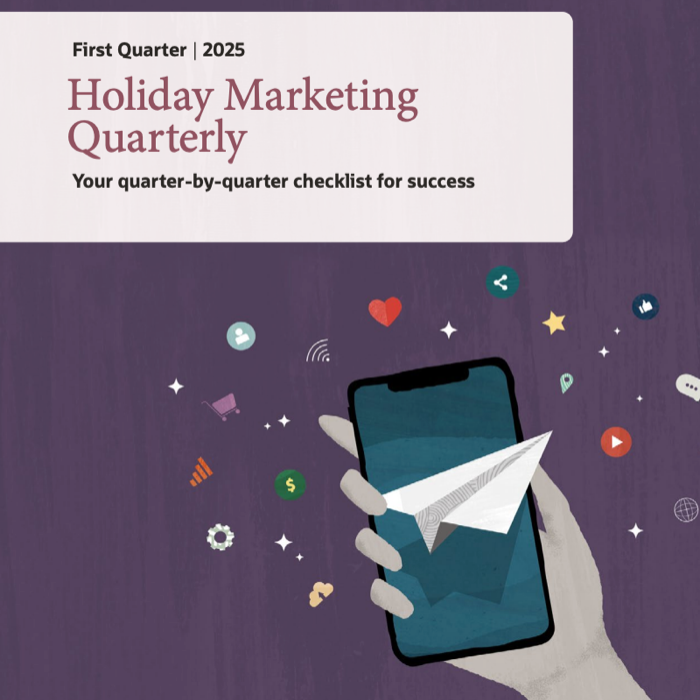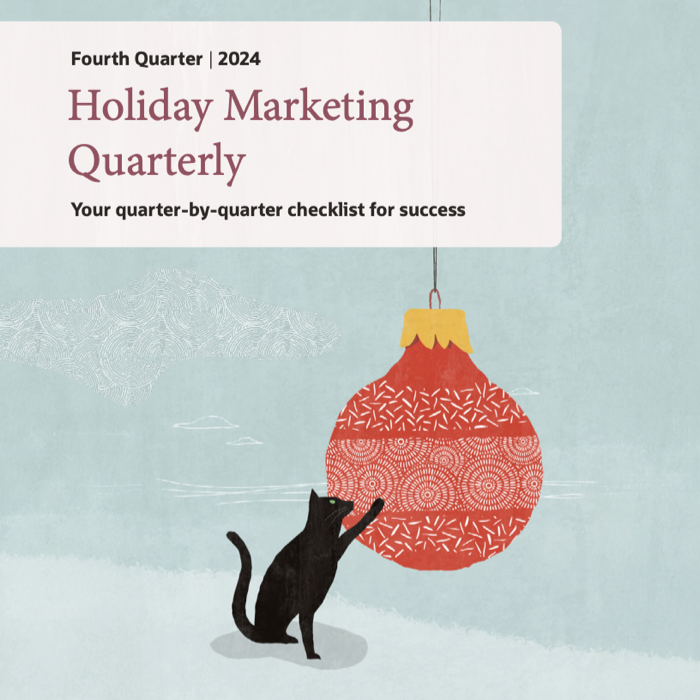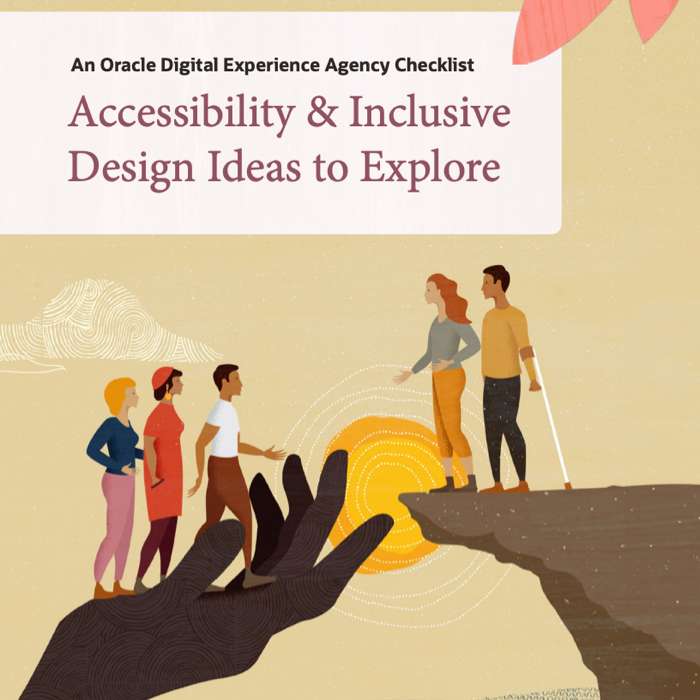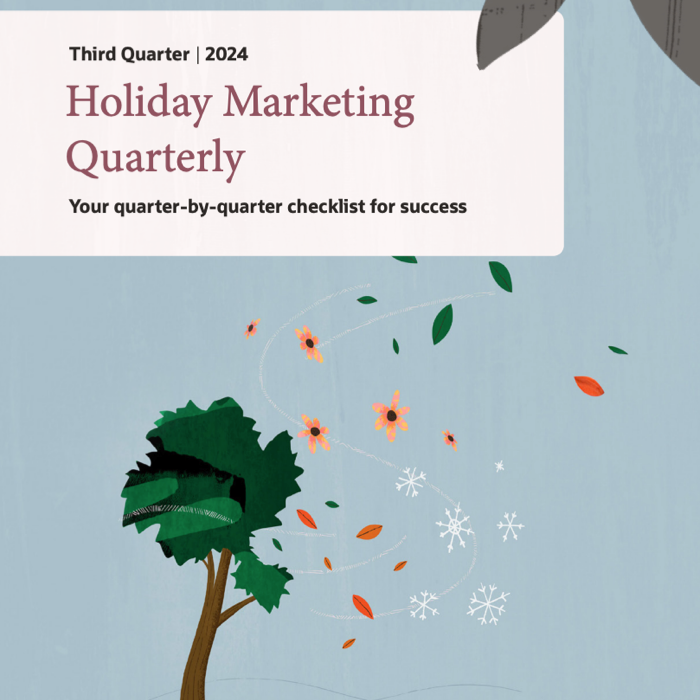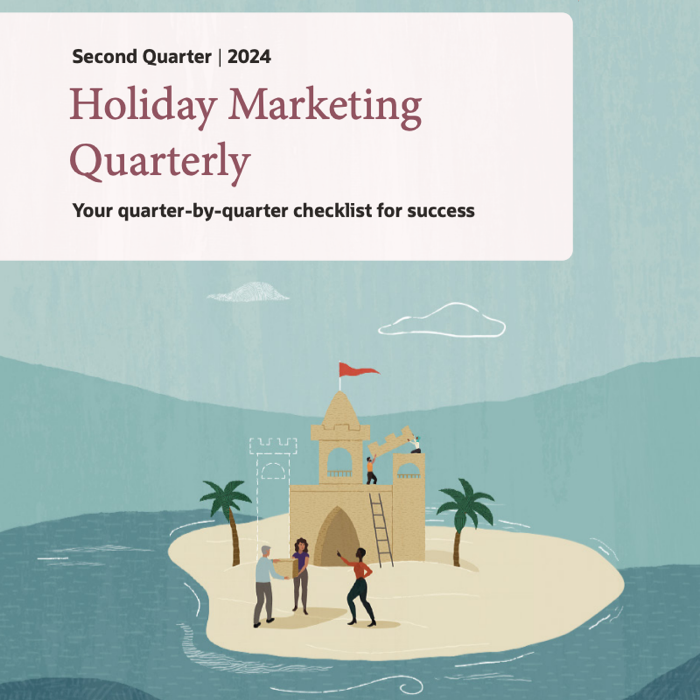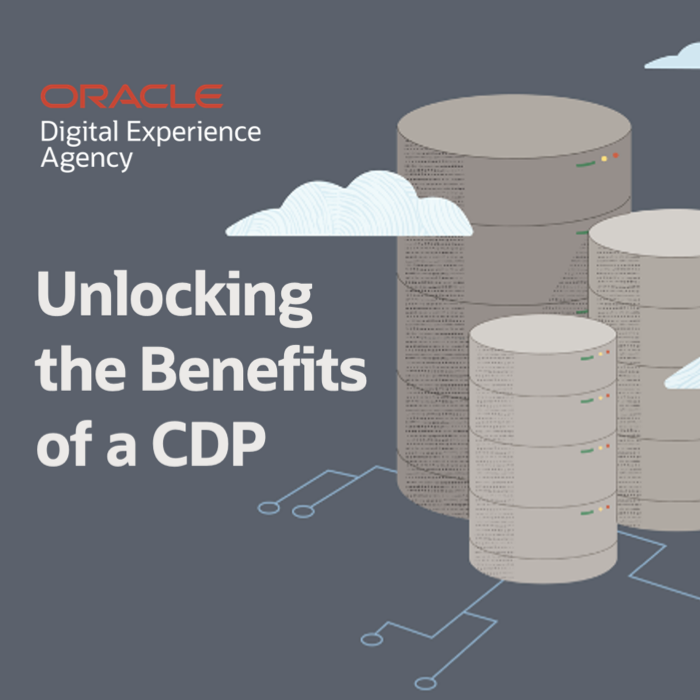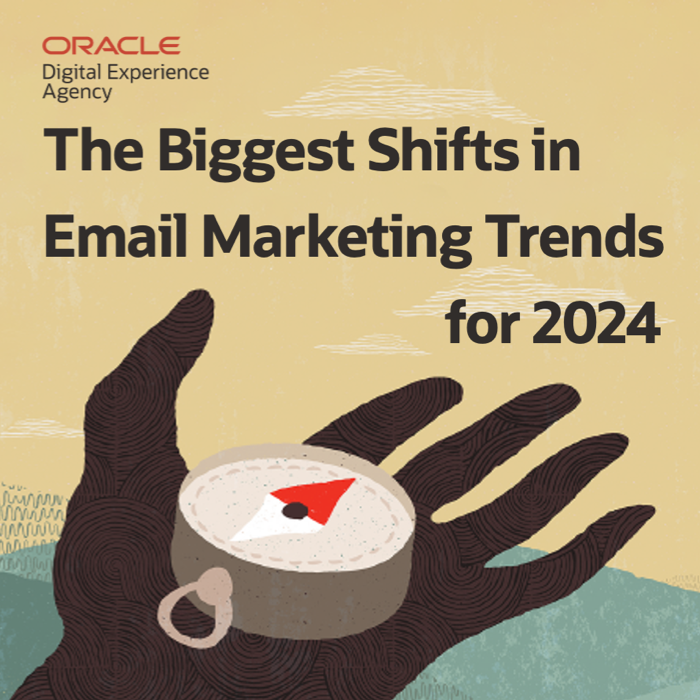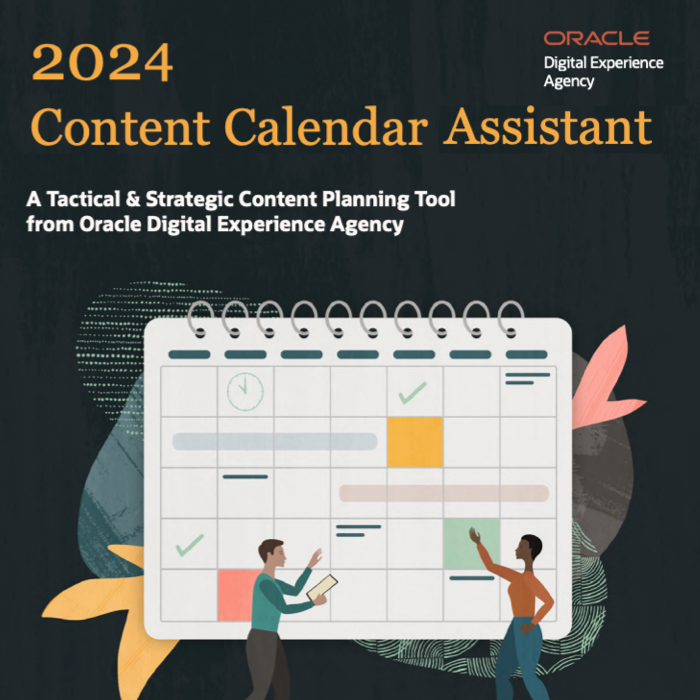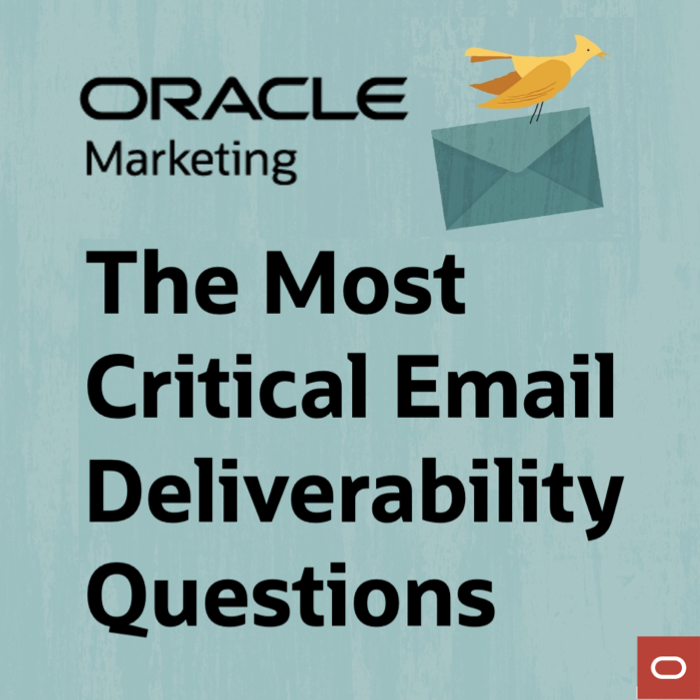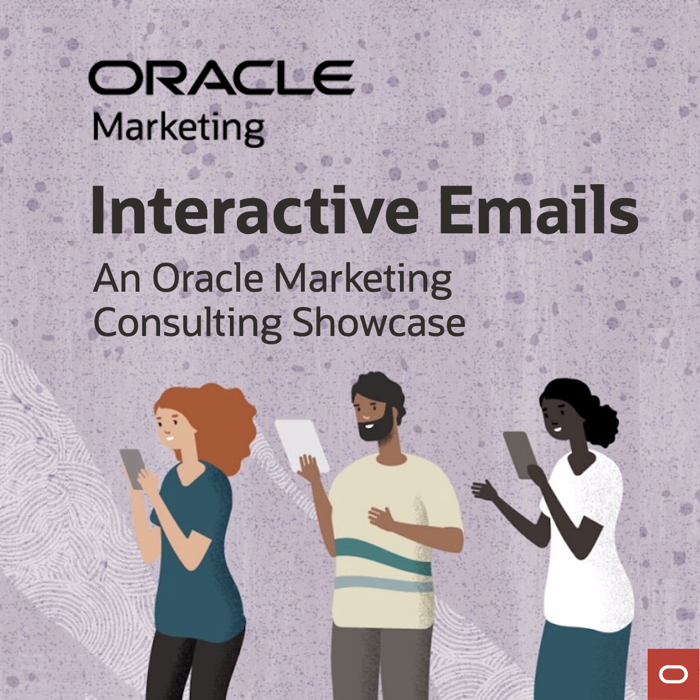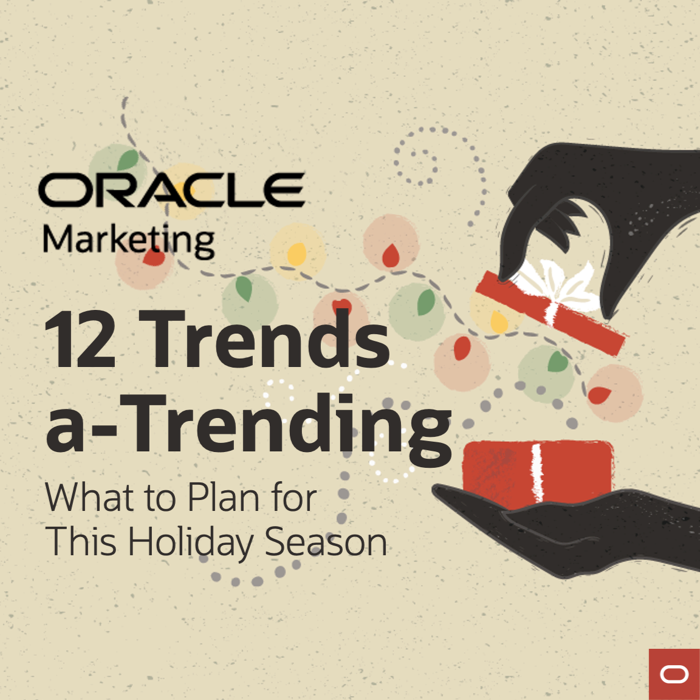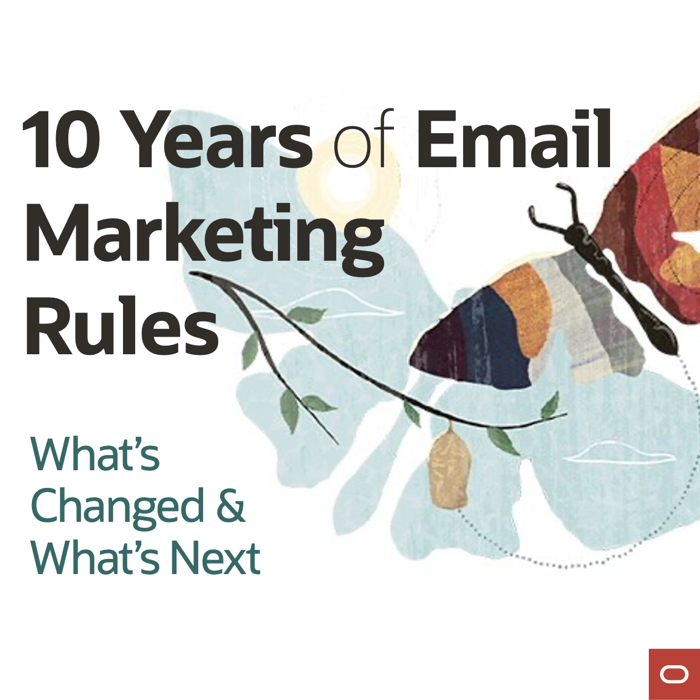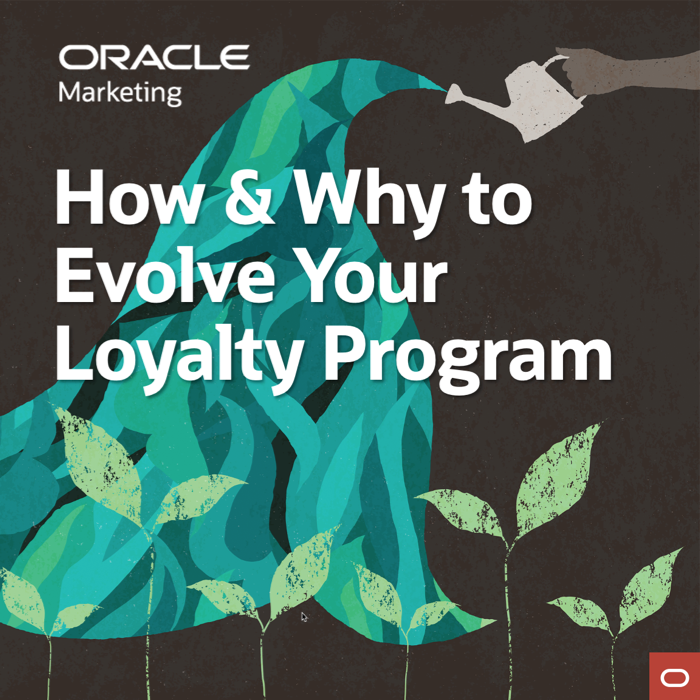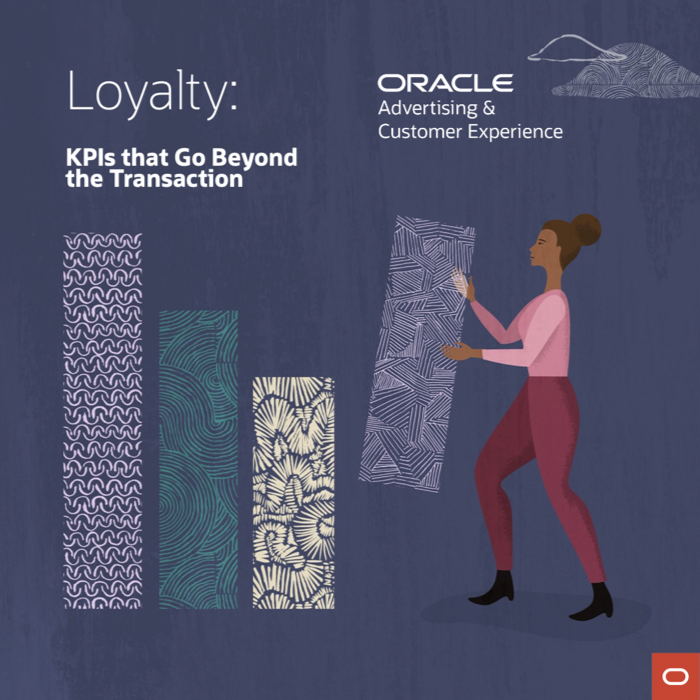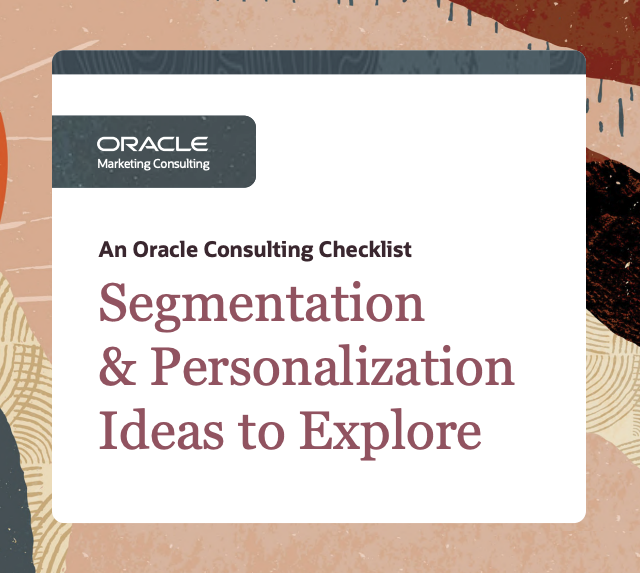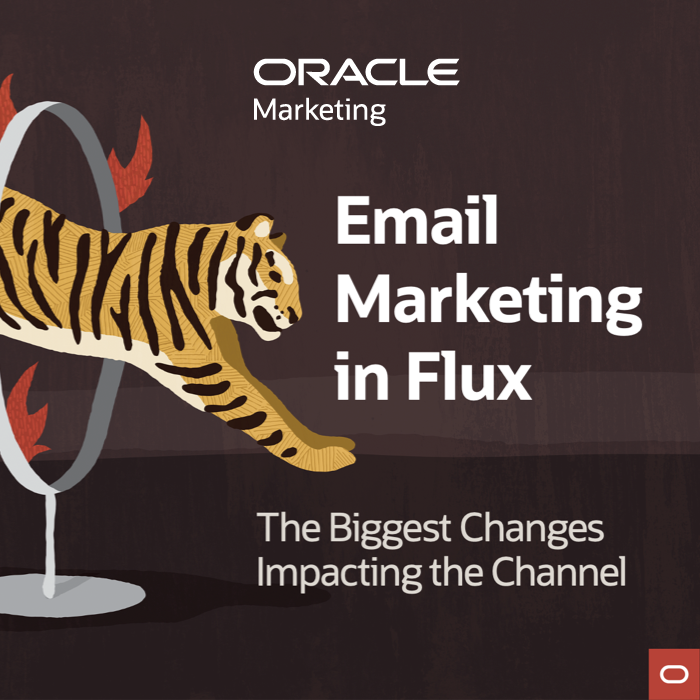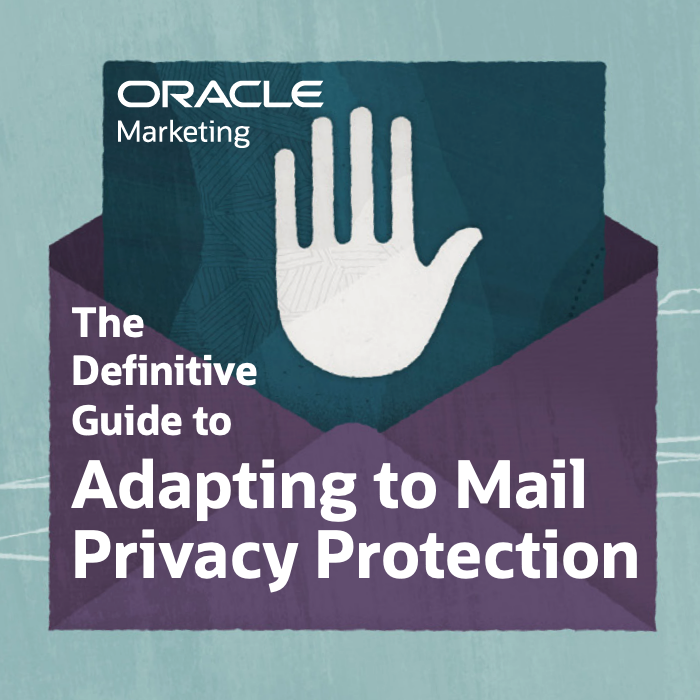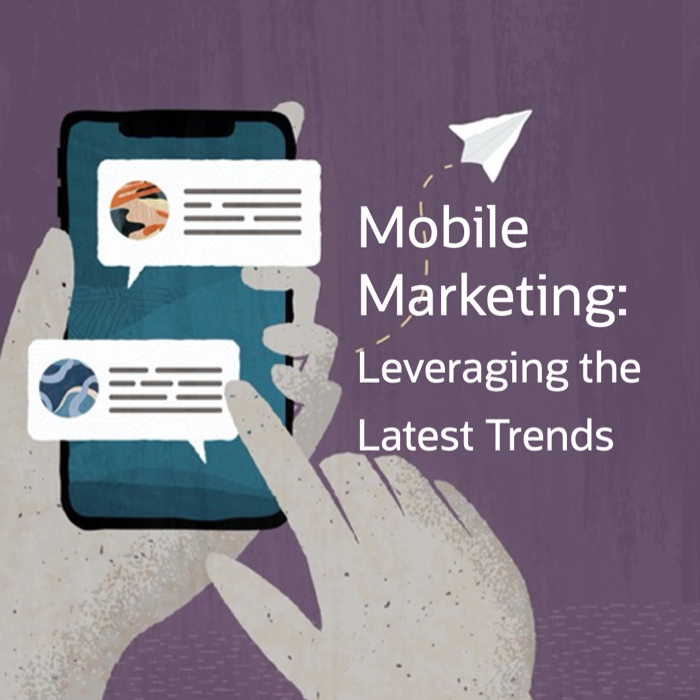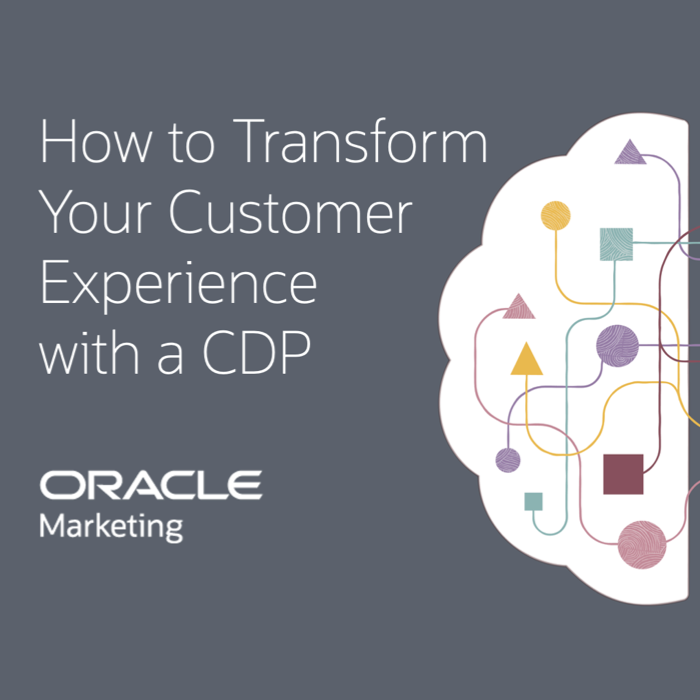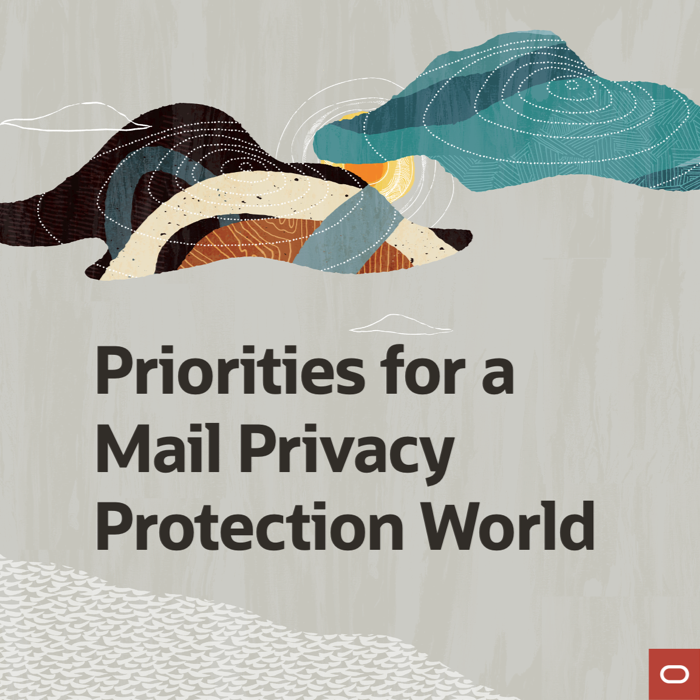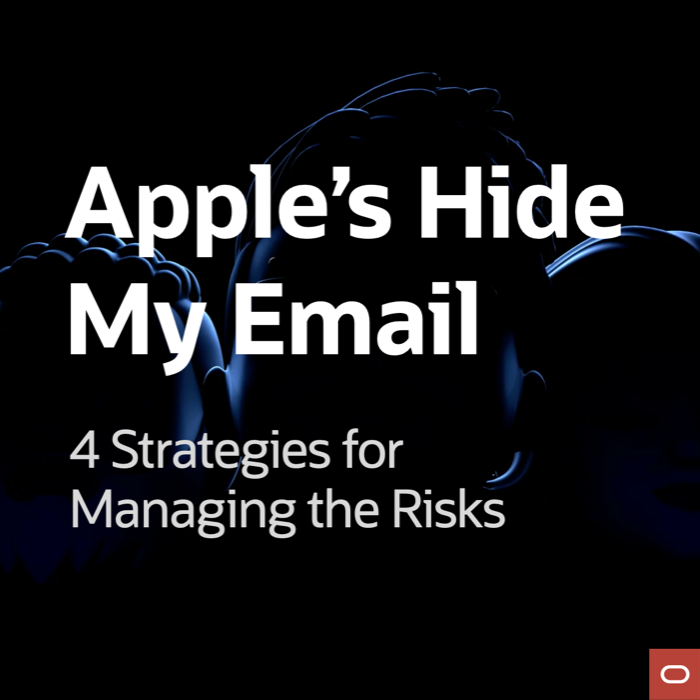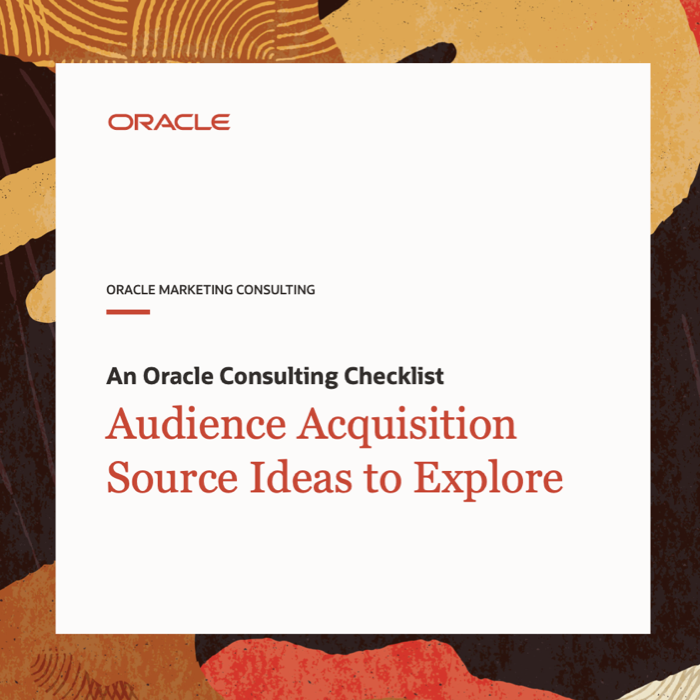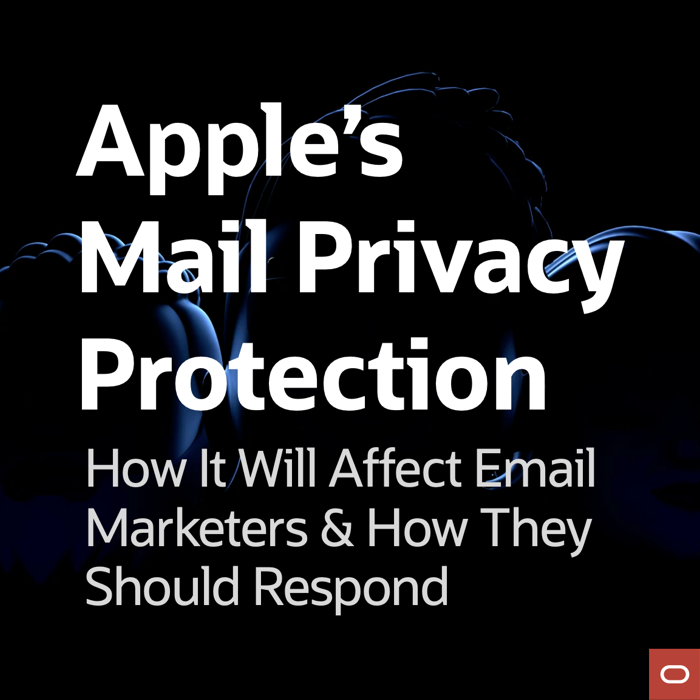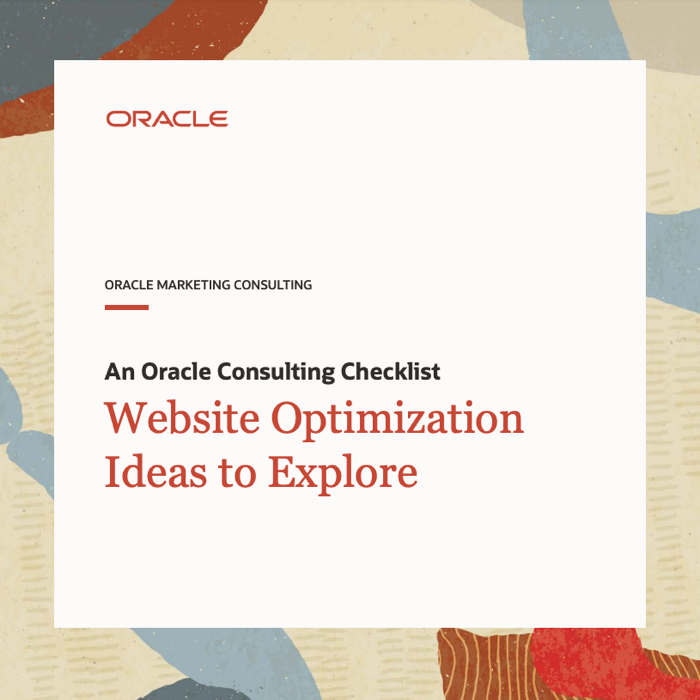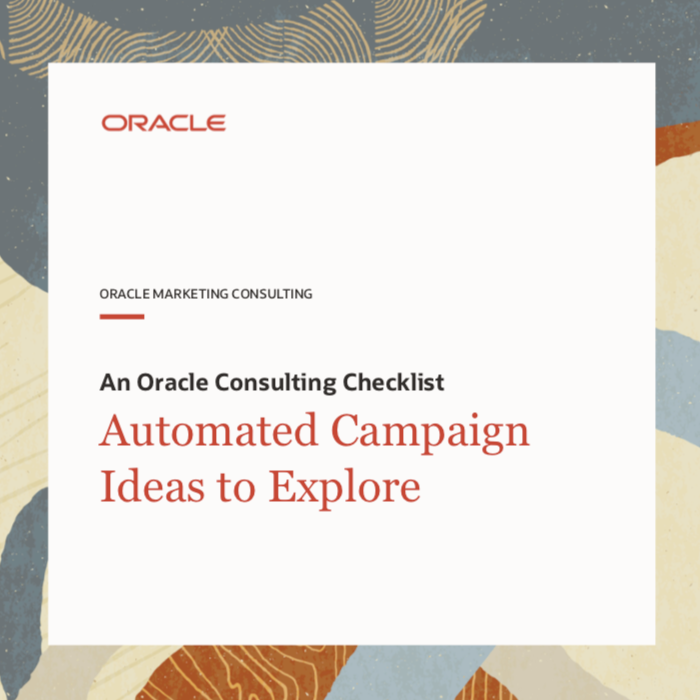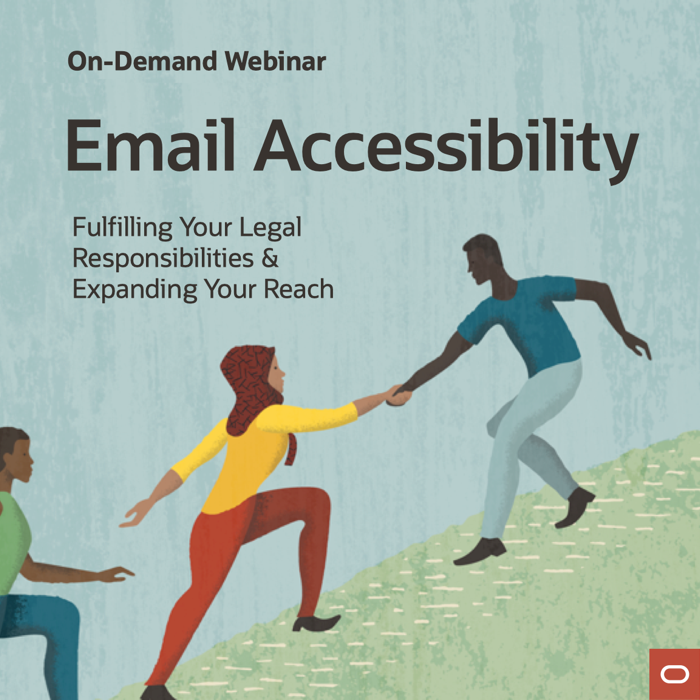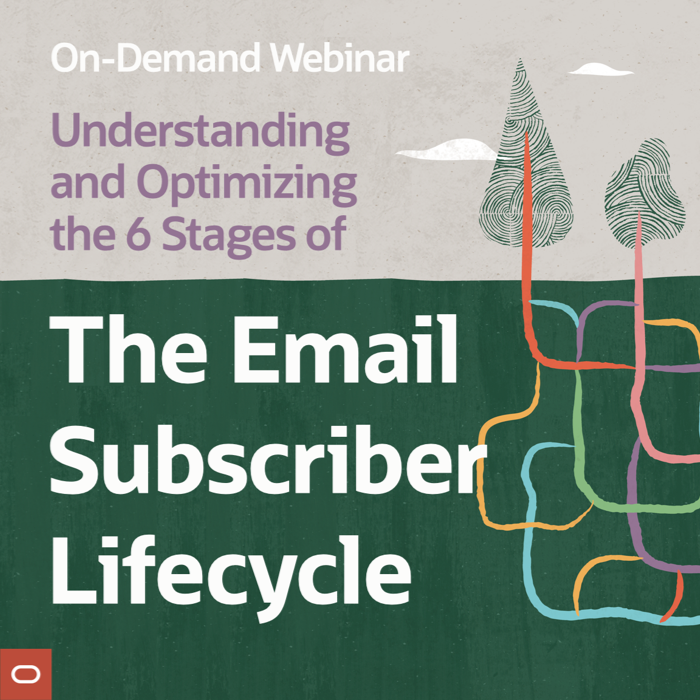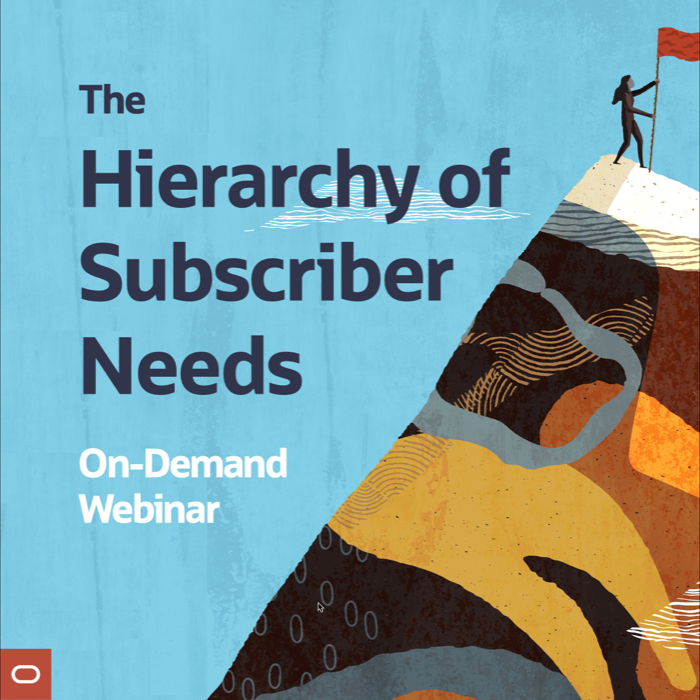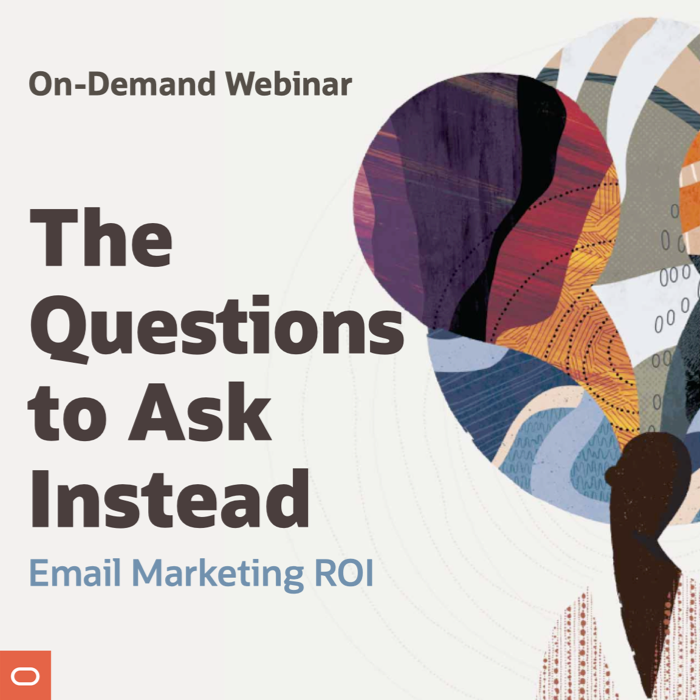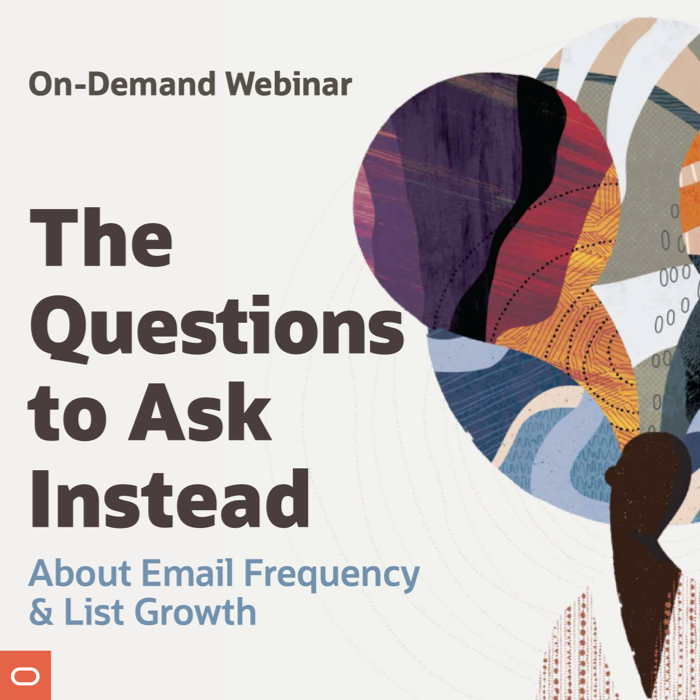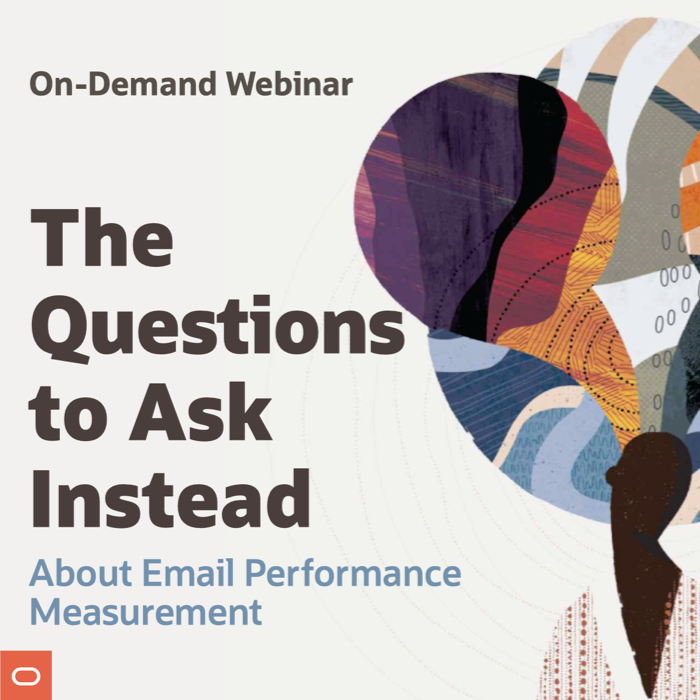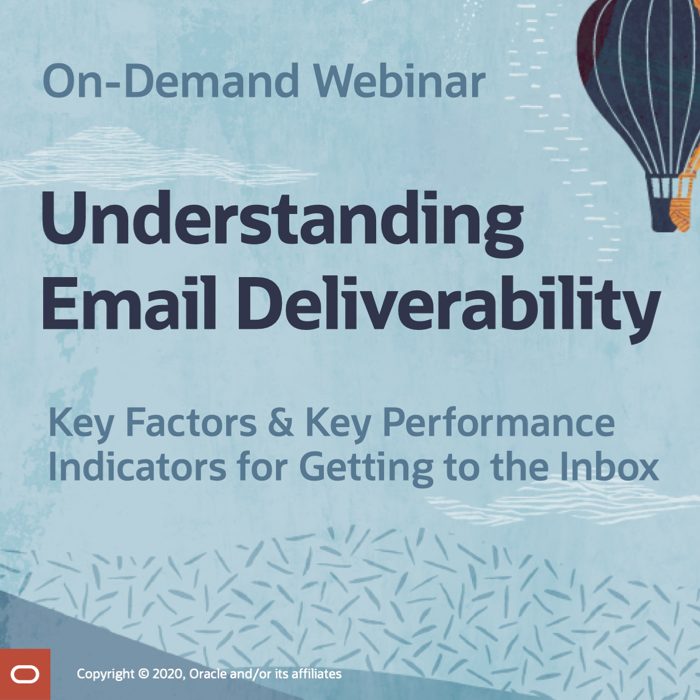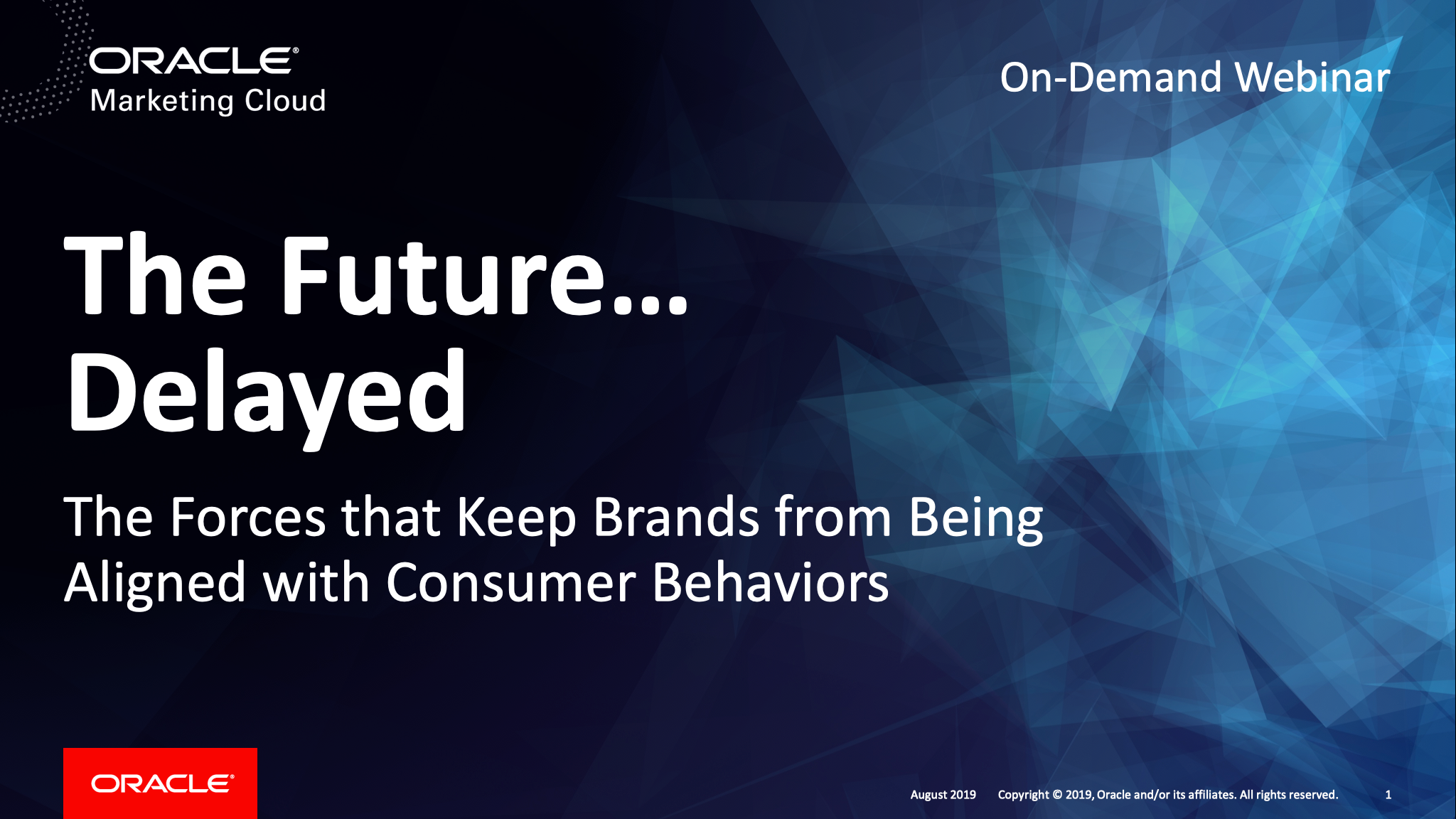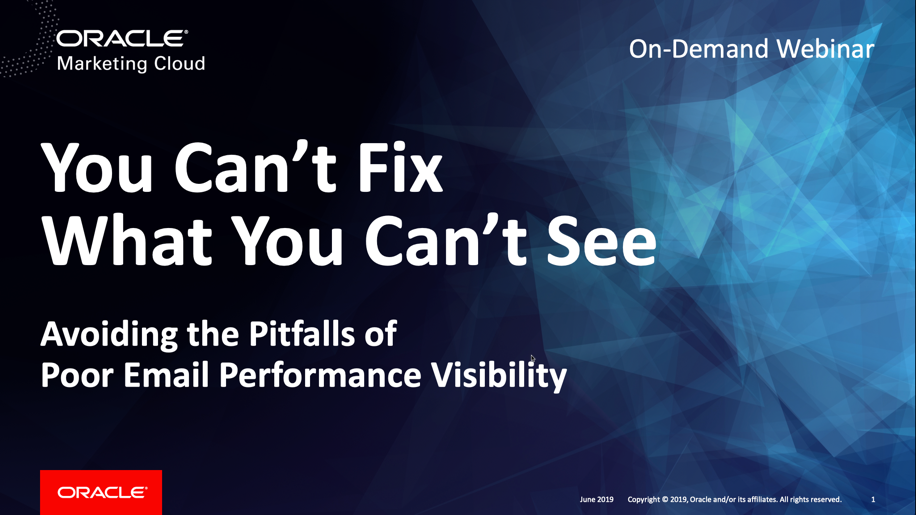Apple’s MPP May Drive Email Design Changes that Actually Hurt Customer Engagement
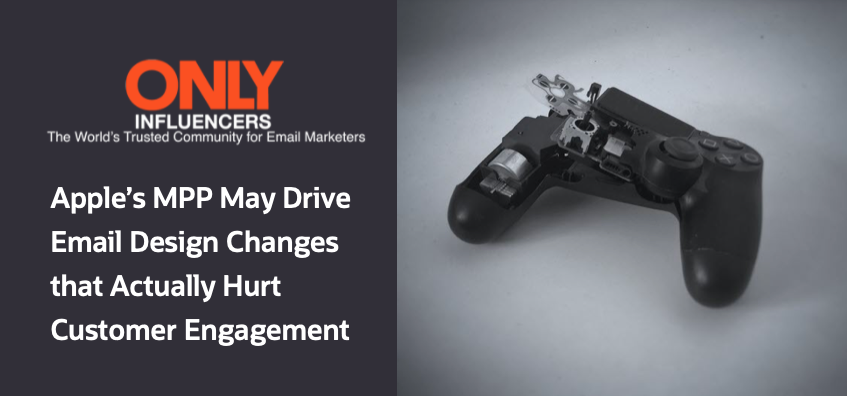
Apple’s Mail Privacy Protection will have a broad range of effects on email marketers, impacting email analytics, design, deliverability, personalization, and optimization efforts. Sadly, subscribers who enable MPP will receive less relevant emails and more emails than they would have otherwise gotten if marketers could better measure their engagement through opens.
I also fear that Apple’s changes will cause marketers to change their messaging and design strategy to drive clicks more insistently, since opens will be unreliable for a substantial portion of their audience. This move would be understandable. With Apple generating false opens for the users of their Mail app that enable MPP, opens will become a meaningless sign for many subscribers. Marketers will want to compensate for the loss of their highest frequency engagement signal by boosting their second highest frequency engagement signal, clicks, which are currently about one-eighth as frequent as opens.
The adjustments that will be required for reengagement campaigns illustrate what may happen more broadly. For example, before MPP, the goal of a reengagement campaign was to simply get the subscriber to open the email, which would be a signal that the email address was still valid and that a live person was receiving the email. For people who enable MPP, that will be wholly inadequate, since Apple will be generating false opens for every email they receive. That means that marketers will need a stronger signal—a click—in order to be sure that the email address is safe to continue mailing to.
This need for more clicks more often could cause marketers to redesign many other emails, too. For example, companies may move valuable content from the body of their emails to landing pages in order to coax more clicks out of subscribers. This would reverse years of email design philosophy and send us backsliding toward a time when emails were postcard-style teasers to get people to visit website landing pages.
This would be bad for subscribers and marketers for three interrelated reasons…
>> Read the full post on the Only Influencers Blog
 Email Marketing Rules
Email Marketing Rules


